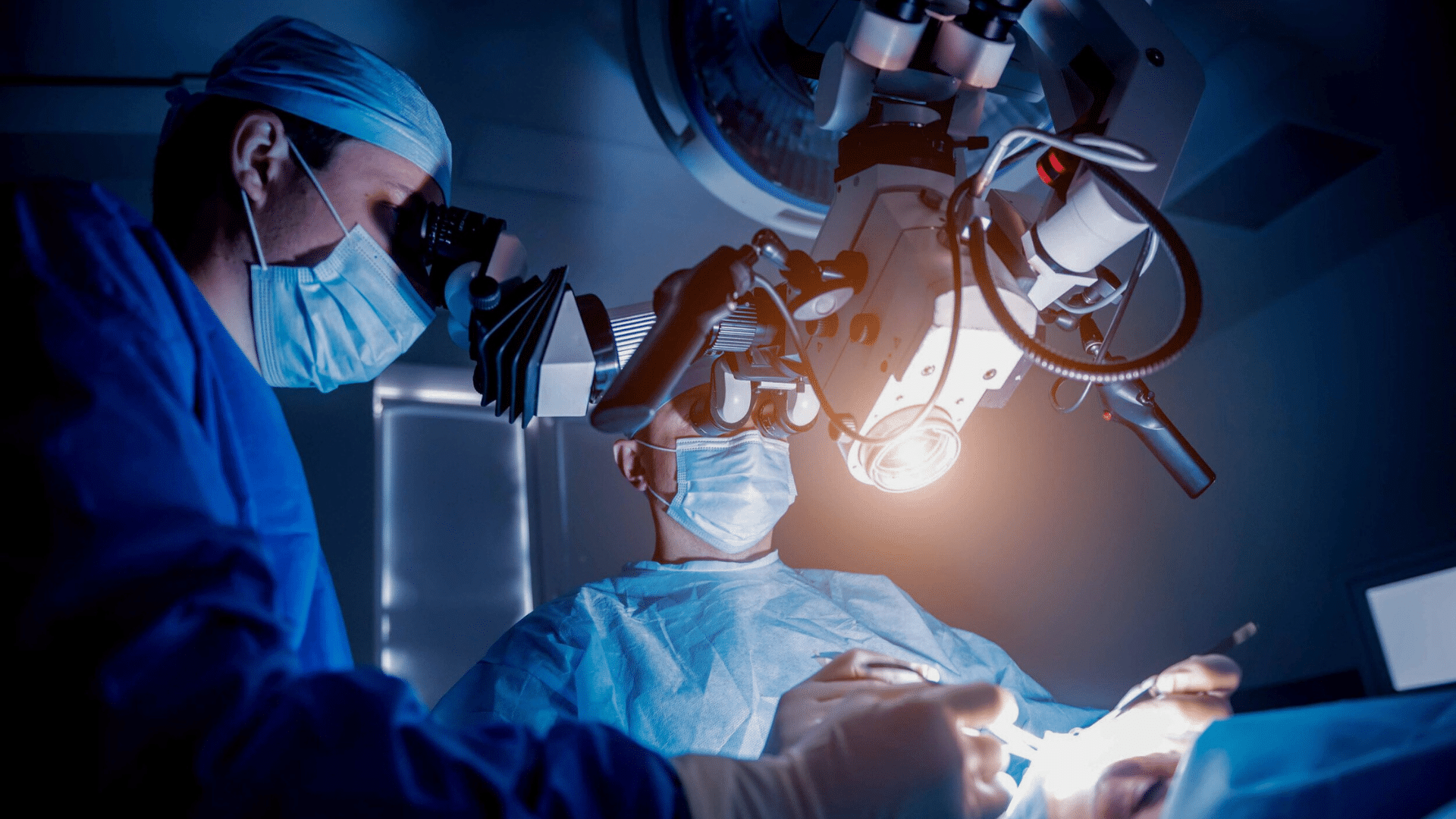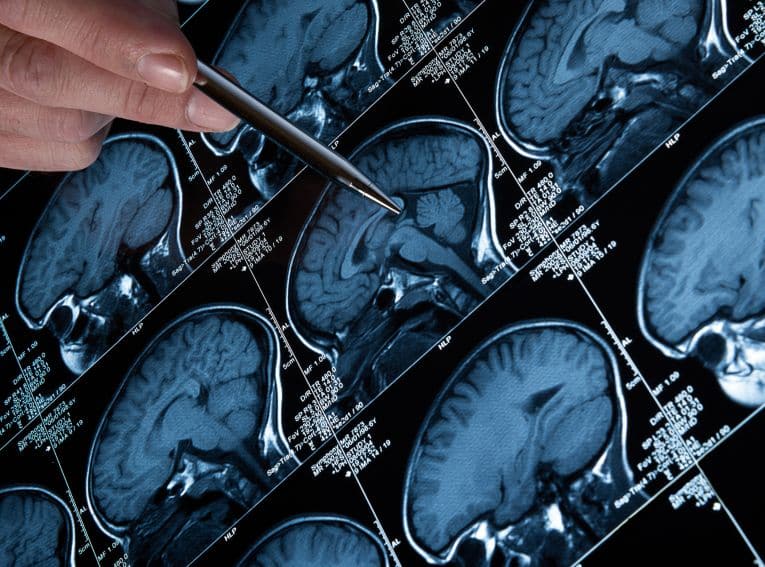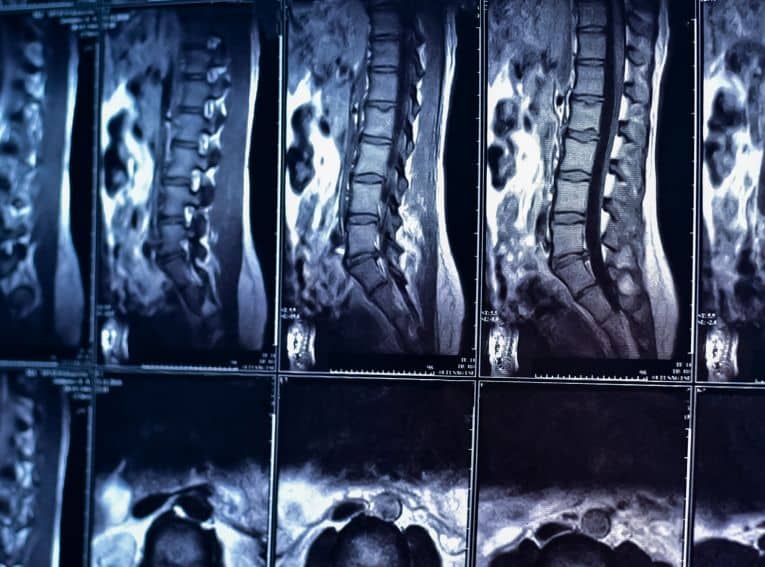
Acoustic Neuroma Surgery
An acoustic neuroma is a benign tumor found on the nerves that lead from the brain to the inner ear and control balance and hearing. When surgery to remove an acoustic neuroma is necessary, a suboccipital craniectomy is most frequently the procedure chosen.
Treatment for an Acoustic Neuroma
Treatment for an acoustic neuroma depends on the size and growth rate of the tumor, and may include observation, radiation or surgical removal. Small tumors can be monitored regularly through regular imaging and hearing tests to determine how fast and how much they are growing. Radiosurgery, a non-invasive procedure known as “Gamma Knife” surgery, may be used to deliver radiation therapy to the tumor to stop its growth without the need for an incision. This procedure is most often used for tumors that cannot be removed without damaging brain tissue. Larger or more aggressive tumors may need to be removed through surgery to prevent permanent damage from occurring.
The Suboccipital Craniectomy Procedure
When surgery is required, a suboccipital craniectomy is often the best method of treatment. This procedure involves removing a portion of skull bone to access and remove the acoustic neuroma. The term suboccipital refers to the location of the craniectomy, which is performed at the base of the skull. This allows the surgeon to directly reach the cranial nerves near the back of the brain where the acoustic neuroma has formed.
A suboccipital craniectomy is performed under general anesthesia. The patient’s hair is shaved at the site and the surgeon makes an incision in the scalp behind the ear. A specialized drill is used to create a hole in the skull bone and a portion of bone is removed. Through this opening, the surgeon can access the auditory canal and nerves and carefully cut out the acoustic neuroma. As the tumor is removed, the surgeon will stimulate the nerves involving hearing and facial movement, as well as the brainstem, to ensure that no damage occurs during the procedure. In some cases, it is safer to leave a small portion of the tumor behind than to remove it in its entirety and risk permanent loss of some function.
After the tumor removal, the skull bone is not replaced. If the hole is large enough to warrant it, the area will be covered with a precisely fitted synthetic substance. The incision in is then sutured closed.
Recovery After a Suboccipital Craniectomy
Most patients will remain in the hospital for three to five nights after undergoing a suboccipital craniectomy. The complete recovery process generally takes between 4 and 12 weeks. Common issues experienced by patients during this period of healing include headaches and fatigue.
The Risks of a Suboccipital Craniectomy
All forms of surgery pose some risks to the patient. The complications associated with suboccipital craniectomy for acoustic neuroma include hearing loss, facial weakness, balance difficulties, headaches, bleeding, infection, swelling of brain tissue, cerebrospinal fluid leakage and stroke. Since acoustic neuromas can recur, it is important for the patient to schedule follow-up medical appointments. Ongoing imaging scans should be administered to detect any evidence of a recurrence of the tumor as early as possible.
Additional Resources
Welcome to the office of neurosurgeon Dr. Vikas Rao, where your health comes first. Below are some of the neurosurgical treatments that we offer in Mission Viejo, CA:
Contact us today
Your concerns are important to us, and we want to make sure all of your questions are answered so you understand your options. Please contact our office with any questions, and our team will be happy to assist you.
Give us a call
We're open to serve
Our doctor and staff are devoted to our patients. Please fill out the form below with any questions or to schedule an appointment and our team will get back to you within 24 to 48 hours.





